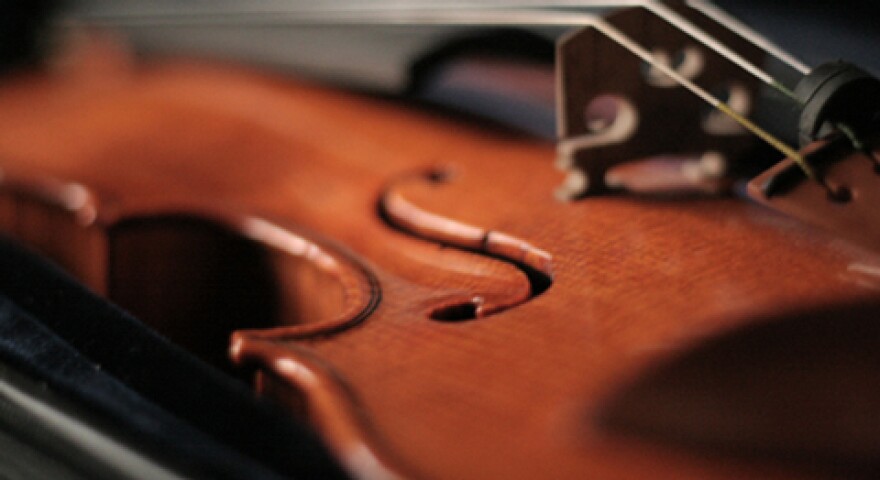The story of Cremona's rise to pre-eminence as the epicenter for the creation of great cellos, violas and violins begins with Nicola Amati in the early 17th century. He is credited with being one of the Cremonesi luthieri who gave the modern violin its profile. Yet today he is not the household name that two of his students, and their descendants, have become.
Antonio Stradivari and Andrea Guarneri were both Amati apprentices. Stradivarius would become immediately recognized for his mastery, but not until two generations later would Andrea’s grandson Bartolommeo Giuseppe Guarneri or Guarneri del Jesu, place his family name along side that of Stradivarius. Confused? Don’t worry, says Christopher Germain, an internationally renowned Philadelphia-based violin maker.
We don’t know all of the exact connections because there are some missing links in church records and so forth, but when we consider that there were these three great clans working within a very small area raised the standard to a point where it had never been before or since.
Yet no one has been able to identify one particular factor that made this one city produce so many great instrument makers or why we’ve been unable to emulate their brilliance.
It would be like saying that if I had the same painting materials as Michelangelo, then I could probably reproduce the Sistine Chapel which is complete nonsense. These guys were geniuses and were at the top of their game
This week we celebrate the birthday of one of the middle generation of Guarneri instrument makers. Pietro Giovanni or Pietro da Mantua, the father or maybe the uncle of Guarneri Del Jesu was born in Cremona in 1655.

